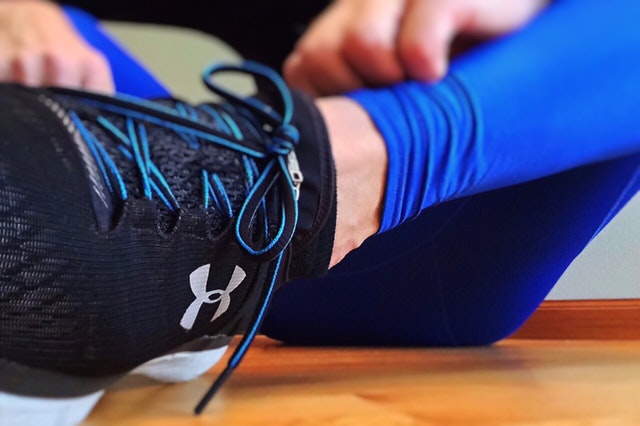Reactions to developing varicose veins can vary from person to person. For some, it’s a matter of being embarrassed to wear shorts and skirts. For others, it can cause serious pain and swelling. No matter why your varicose veins bug you, your best bet is to see a doctor and learn about how they can be treated.
Your First Visit
When you visit with your doctor or vein specialist, he or she will most likely start with questions about your history. Your family history and your own medical history, as well as your current lifestyle can all play a role in whether or not you develop veins, so this is important information for your medical team. You will also be asked about what kind of pain and swelling you may be experiencing.
Your doctor will almost always do a physical example of your legs and any area where you are having vein problems. This might include a standing exam if you are experiencing swelling. He or she may measure and take pictures of your legs to use for various parts of your treatment, such as prescribing compression stockings. You may require an ultrasound, which allows the doctor to get a closer look at what’s going on with your veins and to ensure there are no major underlying problems like blood clots.
Choosing a Treatment
After your initial exam, your doctor will talk to you about your options. The severity of your varicose veins, your likelihood to develop more, the amount of pain and swelling caused by your varicose veins, and your insurance coverage may impact which treatments are available.
For those who aren’t ready for a procedure, treatment options may include compression stockings or a plan for self-initiated care. Your doctor may even talk to you about ways to prevent your veins from becoming worse or to keep more from popping up in the future, such as losing weight or living a less sedentary lifestyle.
For more severe cases, you have more options. Many of them are quick and easy and can be done in your doctor’s office or as a hospital outpatient. They require little downtime or time away from work, school, and everyday activities.
Other Treatment Options
There are several options when it comes to medical treatment for varicose veins. One of the most common is sclerotherapy. Your doctor injects a solution into your veins, causing them to scar up and eventually disappear over the course of a few weeks up to a few months. You may need more than one treatment, and it can be done in the office.
Laser surgery is another option that requires no poking or incisions. Like sclerotherapy, the laser seals off the vein, causing it to fade in time. If you have an advanced case of varicose veins and other treatment methods don’t work, you may require endoscopic surgery. This is an outpatient procedure, but it involves your doctor using a camera to find, close, and remove the veins through small incisions.
These are just a few of the options available. You and your doctor can talk about the best solution for your individual case of varicose veins.




